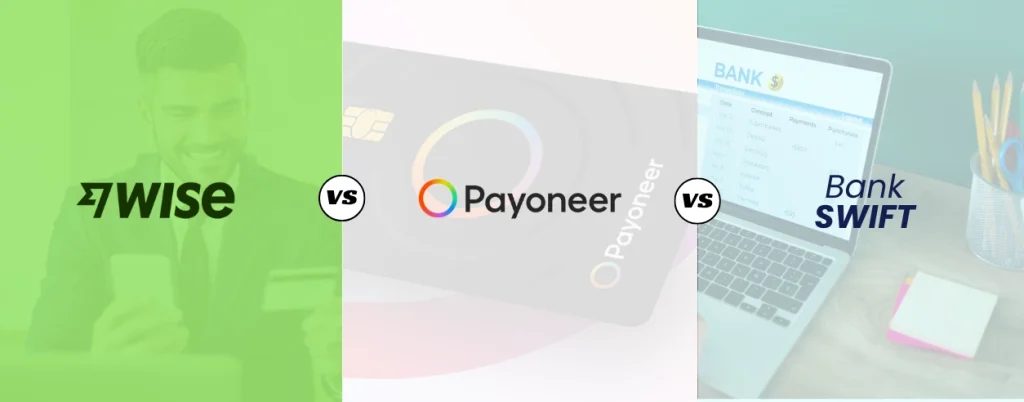Money travels quietly.But every time it crosses a border, someone along the way charges it for passing through. Sometimes it’s a correspondent bank taking a handling fee.Sometimes it’s a provider adjusting an FX rate by half a percent.Either way, your invoice amount and your landed amount never quite match. The world calls it transaction cost. […]
Category: Blog
Your blog category
Agencies Doing $10K–$100K/Month: Best Receivables Method to INR
Scaling an agency doesn’t teach you how to make more money.It teaches you how much of it never arrives.You hit $50,000 a month and suddenly realise your biggest client isn’t a person — it’s the payment system. Stripe takes a piece. Your U.S. bank takes a piece. An intermediary somewhere in Frankfurt takes another. By […]
Multi-Currency Holding vs Auto-Conversion to INR: Which Maximizes Landed INR?
Most exporters think they’re being paid.They’re actually being converted. The moment a client’s USD hits your account, the system rushes to turn it into INR — automatically, quietly, and usually, unfavourably.It feels efficient.It’s really just impatient. Auto-conversion was built for convenience, not optimization.But when you start moving five-figure invoices, that “automatic” feature starts costing you […]
TCS & Tax Treatment: Export Proceeds via Wise/Payoneer vs Bank SWIFT
Cross-border payments are a mirror. They show two different stories — yours, and the system’s. You see an inflow: money earned, service delivered, client happy. The system sometimes sees an outflow: foreign money on the move, purpose unknown, and therefore suspicious enough to interrogate. Wise calls it a payout. Payoneer calls it a disbursal. Your […]
Compliance Support: Bank RM vs Fintech — FIRC & Purpose Code Help Compared
Imagine a library where every book must be filed under a secret code before it’s allowed on the shelf. You hand over your freshly written title — “Software Consultancy: A Global Guide” — and wait. A week later, you find it sitting under “Miscellaneous Services.” That’s how most exporters meet compliance. You finish a project, […]
GBP→INR from UK Clients: Wise vs SWIFT vs Fintech (Fees & Speed)
Picture this: you wrap up a contract with a UK client. They click “Send,” you lean back, expecting your INR hitting the account. Instead you’re watching—two, three business days pass. You check the FX rate again. You chase the SWIFT confirmation. Why does money feel like it’s taking a holiday when you earned it yesterday? […]
Weekend / After-Hours Transfers: Speed vs Cost for USD→INR
It always happens on a Friday. You wrap up a client project in New York or San Francisco, send the invoice, and just as you’re ready to exhale — they pay. You see the confirmation email, the amount in USD, and then the quiet realization: it’s after 6 p.m. in India. Somewhere between time zones […]
Recurring Retainers vs One-Off Invoices: Best Route for Predictable INR
Every business has its rhythm. For some, it’s a steady pulse — clients who pay the same amount every month, the retainer model that hums like background music.For others, it’s jazz — bursts of big one-off invoices, long silences, and occasional applause when the wire finally lands. Both earn revenue. But only one builds predictability […]
Settlement Speed to Indian Banks: Wise vs Payoneer vs SWIFT (T+0–T+3)
There’s a quiet obsession in global payments that only exporters and freelancers understand: the refresh button. You finish a project, get paid in USD or EUR, and spend the next few days watching your bank app like it’s a stock ticker. When will it land? Tomorrow? Monday? Never? In a world where money moves across […]
Disputes & Refunds: Marketplace / Fintech vs Bank Wire — Operational Differences
Every exporter has lived this story once. You deliver everything — on time, on spec, on the dot — and then the client raises a dispute. Maybe a shipment arrives chipped. Maybe a milestone payment is held “for review.” Suddenly, your money isn’t yours anymore; it’s evidence in a case file no one wants to […]









